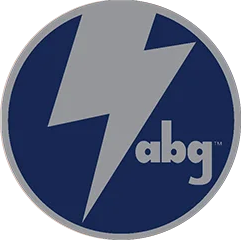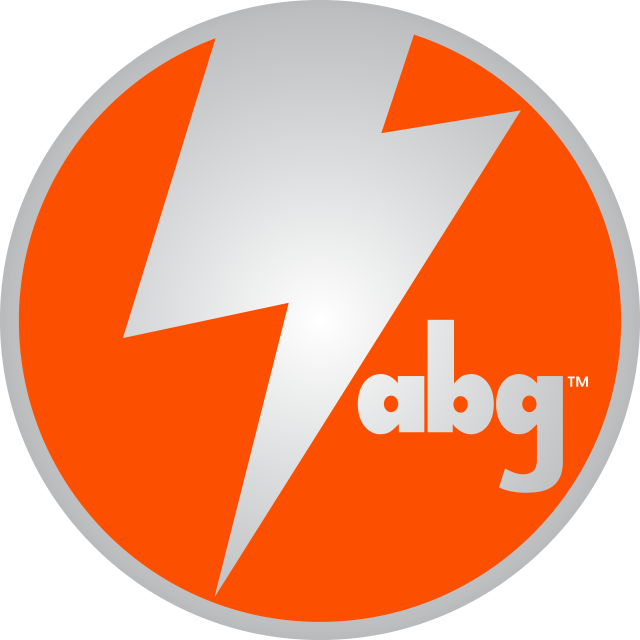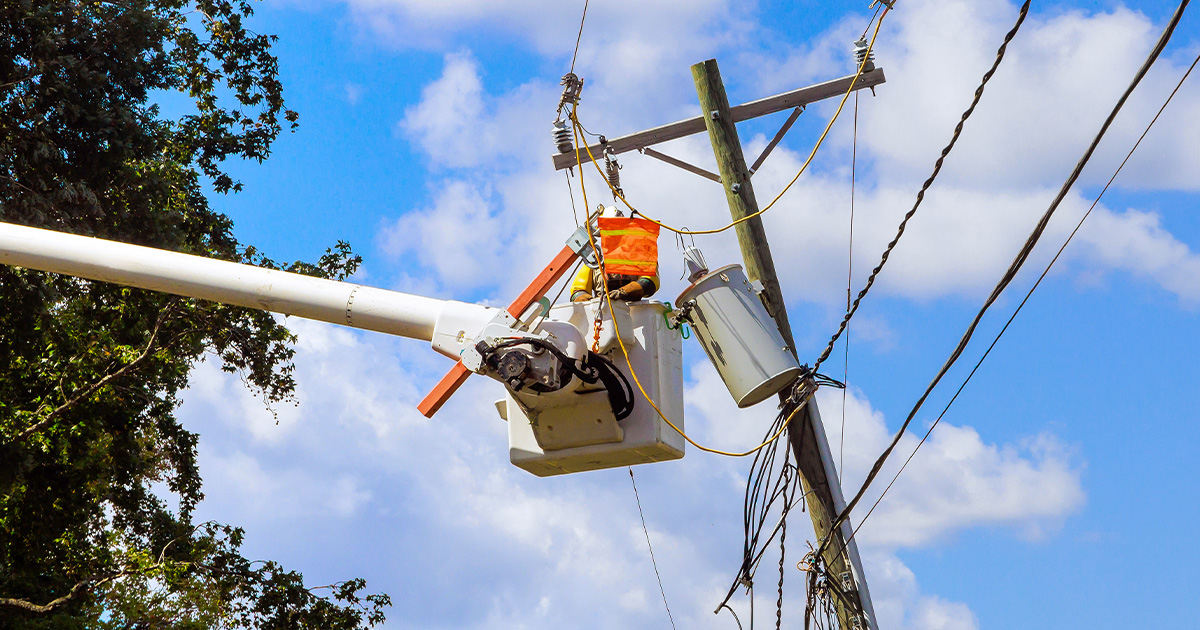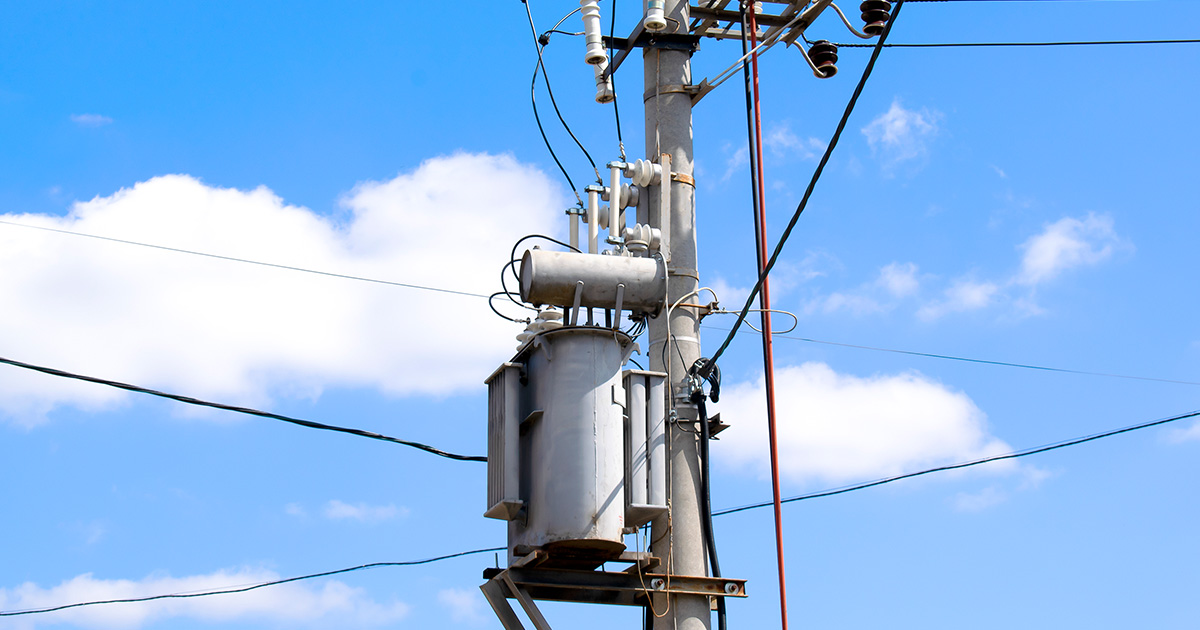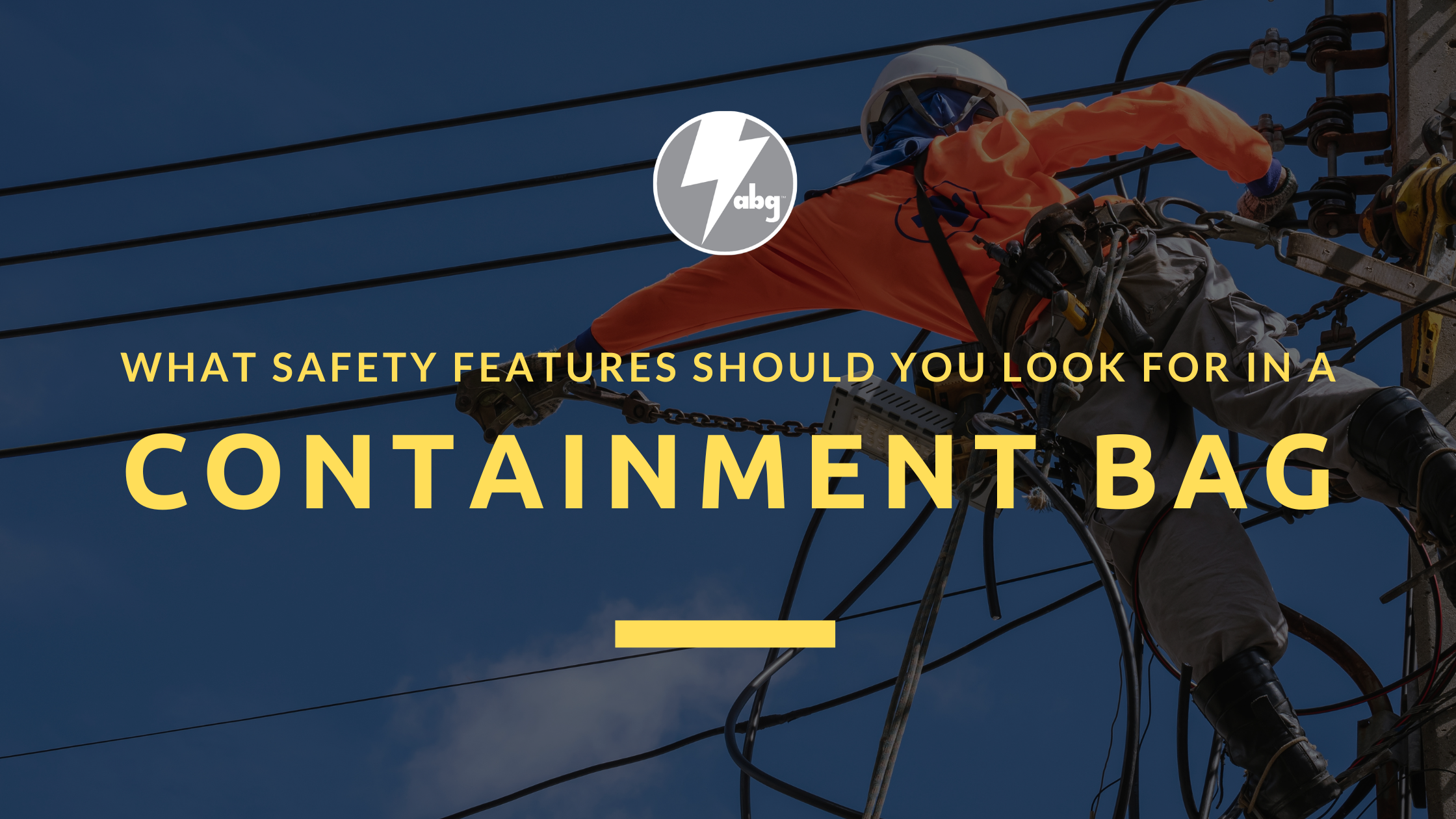
What Safety Features Should You Look for in a Containment Bag?
Transformer-related spills and leaks may not be frequent—but when they occur, the consequences can be costly. From soil contamination and regulatory violations to public health concerns, the risks tied to leaking or damaged transformers are significant. That’s why having the right transformer containment bags—with the right safety features—is more than a precaution; it’s a necessity.
Whether you’re responding to an emergency spill, storing equipment for inspection, or coordinating transformer transport, your containment solution must be durable, leak-resistant, and field-ready. In this article, we’ll walk through the most critical safety features to consider when selecting a containment bag, and how those features protect your team, your operations, and the environment.
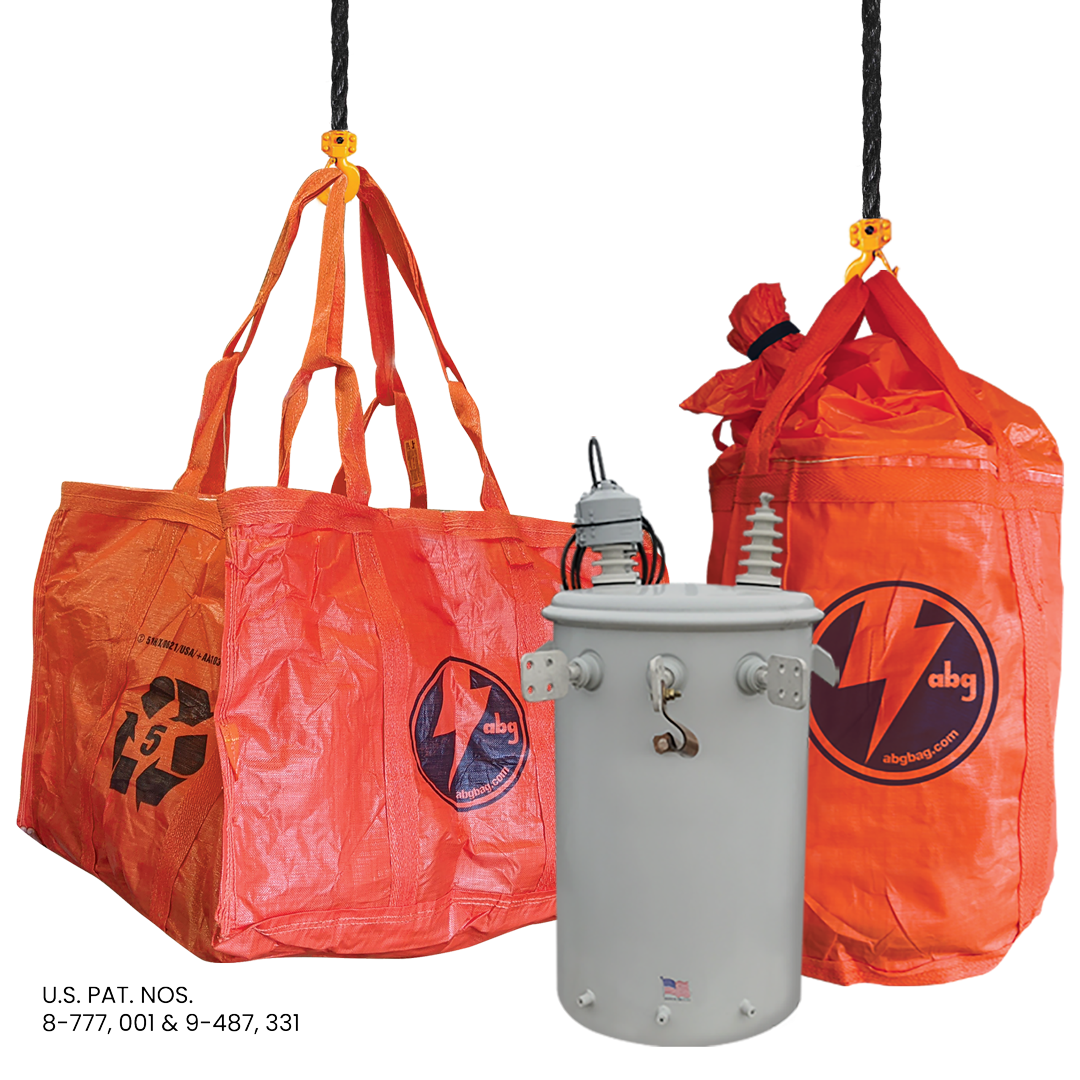
Why Safety Features Matter in Transformer Containment
Unlike generic storage bags or liners, containment bags used in the power and utility sector are designed for hazardous and heavy equipment. Transformer units often contain dielectric oil or residual PCBs—materials that require special handling and federal oversight. A weak bag, undersized fit, or improperly sealed unit could result in oil leakage, fines, and environmental remediation costs.
When evaluating transformer containment, it’s essential to consider both the application (transport, storage, spill response) and the safety features built into the containment bag itself.
1. Multi-Layer, Chemical-Resistant Materials
The foundation of any quality transformer oil containment bag is its construction material. Look for products made from heavy-duty, multi-layer fabrics that resist oil, fuel, water, and chemical corrosion. These materials should also withstand sharp edges, UV exposure, and temperature fluctuations without degrading.
For field conditions—where rain, sun, and dirt are everyday variables—chemical-resistant bags help ensure the containment system remains reliable over time.
2. Leakproof Seams and Closures
One of the most essential safety features in transformer spill containment is seam integrity. Leaks often start at stress points—corners, stitching, or closure areas—so seams should be heat-sealed or reinforced to prevent any seepage.
Additionally, the closure system must provide a secure seal. Many transformer containment bags use industrial-grade zippers, hook-and-loop flaps, or drawstring enclosures that lock fluids in place. For mobile or vertical installations, this becomes especially important in preventing spills during lifting or movement.
3. Weight-Rated for Transformer Load
Transformers range from lightweight pole-mount units to heavy pad-mounted industrial models. That means the bag must safely support not just the weight of the transformer itself but also any dynamic load stress during handling, lifting, or transportation.
Each containment bag should be clearly labeled with its load rating—and crews should match that rating to the transformer’s actual weight. Exceeding the weight limit can compromise seam strength or tear lifting straps during transport.
For vertical applications, such as those using pole mount transformer containment bags, a secure fit and tested strength are critical in preventing dangerous drops or bag failures.
4. Integrated Lifting Features
For ease of use and enhanced safety, many transformer containment bags include built-in hoisting features such as reinforced lifting loops, webbing straps, or sling attachment points. These allow crews to lift or move the unit without removing it from the containment bag—reducing exposure to spills or surface contact.
Especially during transformer transport, this feature minimizes the number of steps and personnel required to move the transformer, improving safety and efficiency in the field.
5. Absorbent Liners and Spill Management
A key secondary safety feature in high-risk areas is the inclusion of absorbent liners. These liners help capture and retain any released fluids inside the bag, preventing them from pooling at the base or escaping during movement.
Some bags include integrated absorbents that activate on contact with oil, while others provide removable liner options depending on the situation. For sensitive applications—like when working with a PCB transformer containment bag—absorbents offer added peace of mind and compliance with EPA containment expectations.
6. Labeling and Compliance Surfaces
If you’re dealing with hazardous materials or planning to move a transformer off-site, compliance labeling is a must. DOT approved containment bags must include surfaces or features for hazard labels, barcodes, or handling instructions in accordance with U.S. Department of Transportation standards.
Clear identification not only supports regulatory compliance—it also ensures that workers, inspectors, and transport personnel understand what’s inside the bag and how to handle it safely.
7. Compatibility with Utility Pole Installations
For pole-mounted units, the containment bag must conform to vertical and cylindrical shapes. Utility pole containment bags are engineered specifically for these transformers, offering quick deployment, weather resistance, and secure wrapping. This feature allows for both proactive containment and immediate spill response in hard-to-reach locations.
Pre-installing containment on active poles adds another layer of protection in high-risk areas such as storm-prone regions or school zones.
A Holistic Approach to Containment Safety
Finding the right containment solution is about more than fit—it’s about function and protection. The best-performing transformer containment bags are those that integrate multiple safety features to adapt to various conditions in the field, while ensuring your team meets compliance benchmarks. To dive deeper into what makes a containment bag effective, explore our Choosing the Right Transformer Containment Bag for Safety guide. You’ll find additional insights on materials, sizing, use cases, and more. For an in-depth look at broader transformer handling and containment protocols, refer to the Essential Guide to Transformer Containment and Transport Bags.
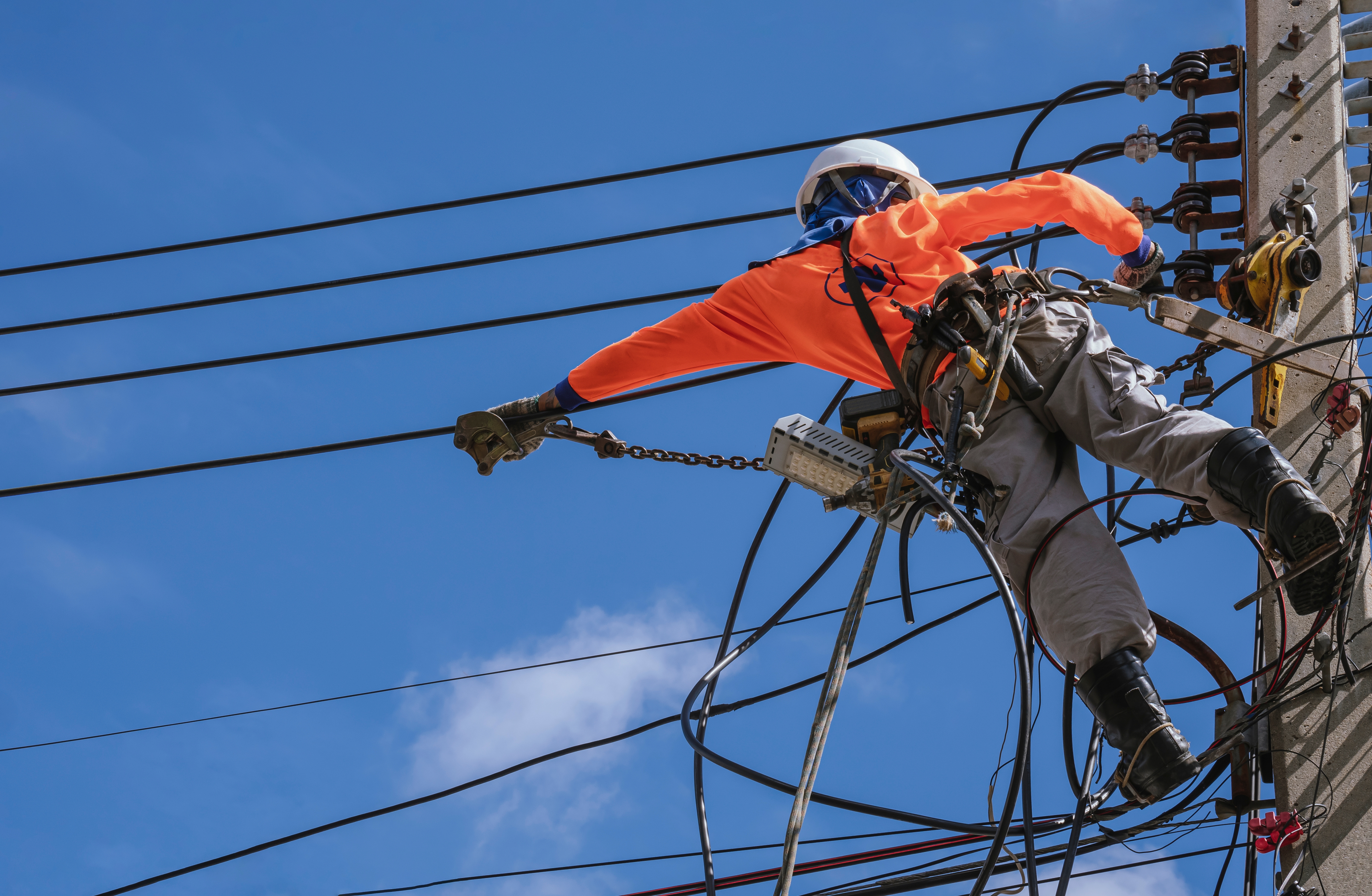
The safety of your crew, your site, and your community depends on selecting a containment solution that works as hard as you do. From PCB containment to field transport to long-term storage, the right safety features can mean the difference between a controlled operation and an expensive environmental incident.
Need help selecting the best containment bag for your transformer application? Call ABG Bag Inc. at 800-758-8079. Our containment experts are ready to help you meet compliance, reduce risk, and keep your operations moving safely.
Do You Have Questions?
For inquiries about our products, order status, or any other information related to ABG Bag Inc., send us a message, and we will respond soon.
Sales & Customer Care
Product Questions



